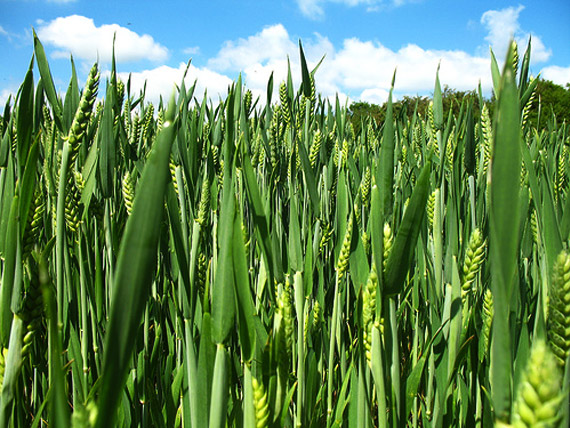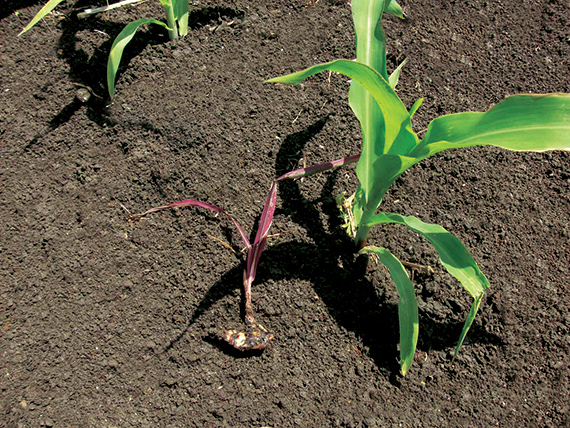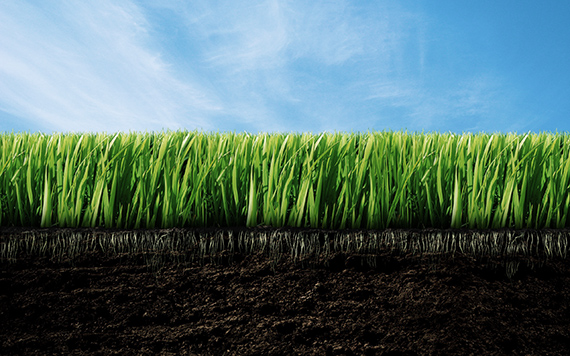
Plant production throughout the world would yield only 30% of its potential without the use of plant protection measures and pesticides. According to one definition “a pesticide is any substance intended for preventing, destroying, repelling or mitigating any pest”. Apart from its dominant use in agriculture (90%), pesticides are also used in forestry and timber industry, food industry, animal health protection and utility services.
First chemical compounds used for plant protection were mentioned in 17th century. Today pesticides are considered to be chemical or biological agents that deter, incapacitate, kill or otherwise discourage pests that attack plants, plant products and fruits, trees and wood products in open and closed space. They are also agents that incapacitate any other unwanted plants or organisms.
Related to the type of pests, there are three main groups of pesticides:
Later many subgroups have developed:
Biopesticidi
With expansion of organic production and environmental care in the last few decades a special group of biopesticides developed. Biopesticides are types of pesticides obtained from natural materials such as microorganisms (fungi, bacteria, viruses,..), plants (plant extracts) and animal world (nematodes) as well as some minerals. Basic characteristics of biopesticides are that they are less toxic, or not toxic to people, active against the targeted harmful organisms and effective in smaller quantities. This way they are fast-degradable and have no residual action. No resistance of the targeted harmful organisms towards biopesticides has been noticed so far.
Biopesticides are not perfect, they need more time to become effective (slower speed of action) and have weaker persistency (shorter effectiveness). Their development and improvement are recognized as priority in order for them to become potential replacement to conventional pesticides.
HERBICIDES

Synthesis of first herbicides occurred in the 20th century and 2,4-Dichlorophenoxyacetic acid was synthetized in 1942 (usually referred to by its abbreviation 2,4D). Few hundreds of active ingredients have been synthetized since then, active as herbicides and becoming the most common group of pesticides in agricultural production.
Herbicides can be systemic, local-systemic and non-systemic or contact, depending on the translocation through the plant. They can also be grouped by mode of action to selective and non-selective herbicides. Grouped by their use there are sub-groups such as “graminicides”, “defoliants”, “desiccants”, “avenicides”, “arboricides”, …
Basic principle for choosing the right herbicide is the growth stage of the plant, the persistence and multitude of the weeds that harm the crop or plantation, span of action of the herbicide, together with consultation with the professional monitoring the production process.
FUNGICIDES

Fungicides are first-discovered chemical compounds used by men to protect the plants from infections. In the course of 19th century sulfur and copper started being used (so-called “non-organic era”) and the use of “Bordeaux mixture” in 1885 marked the beginning of industrial production of fungicides. In 1940s the era of organic fungicides has stared and lasts till present day.
Compounds used to protect the plant from causes of infections are divided into fungistatic (inhibit the growth of the fungi) and fungicidal (kill the fungi). Based on the mode of action of the pathogen fungicides can be preventive (protective) which kill the pathogen when it comes to the top of the plant before causing the infection, curative which kill the pathogen after the infection and fungicides with residual action (post-infective and post-symptom) which are preventive or curative with prolonged action.
Fungicides can also be contact – do not move to all parts of the plant, systemic – move through the plant upwards and downwards and local-systemic – protect only the part where the spray is deposited, mostly in the leaf so are therefore also called trans laminar. Fungicides can be used for seed treatment, for fungal infection in soil (disinfection) and most widely spread use is for treatment of upper parts of the plant (foliar use).
Depending on the type of the pathogen there are subgroups such as “bactericides” and “algaecides”. There are also specialized subgroups such as “botriticides” and fungicides for seed treatment…
Basis of the proper use of fungicides and successful protection is preventive and timely treatment of the plant in coordination with advice from experts for plant protection.
INSECTICIDES
Development of insecticides was in close connection to many findings in chemistry and rapid industrial growth of certain countries like Germany, England and USA in the last decades of 19th and first decades of 20th century.
One of the most important and famous insecticide, DDT, was introduced in 1942. Pyrethroids, carbamates and organophosphates were developed in 1950s and 1960s, and also neonicotinoids in the last decade of the 20th century.
Depending on the mode of action insecticides can be grouped as contact (toxic at the place of contact), digestive (active upon arrival into digestive tract of the insect), inhalational (active with its gaseous phase upon breathing in), repellent (repel certain pests), growth and development regulators (affect the metabolism of the plant by advancing, slowing or modifying certain physiological processes).
Insecticides can also be those for treatment through soil, for winter treatment of fruit trees and vine, insecticides for treatment of seeds, plantations and seed material, for foliar treatment of plants, for control of poisonous insecticides and mites in warehouses, for treatment of wood logs and wood materials.
Subgroups developed within this group such as acaricides (control of mites), limacides or molluscicides (control of snails), rodenticides (control of rodents) as well as “aficides” for killing lice.
When using insecticides, like any other pesticides, it is of great importance to adjust the product to its mechanism of action so that there would not come to the resistance to the product. It is therefore very important to be acquainted with the chemical group the product belongs to and their proper alternations.